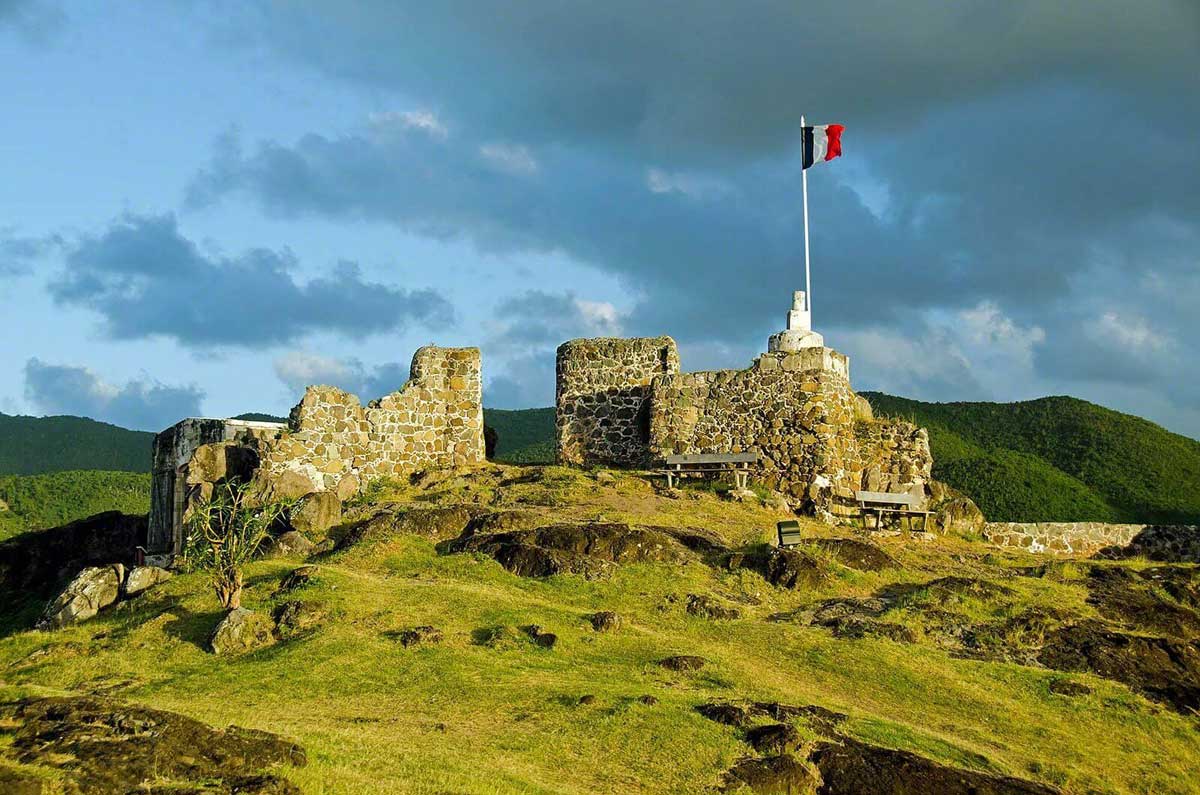
The history of the island of Saint-Martin: A journey through the centuries
Located in the heart of the Antilles archipelago, the island of Saint-Martin is a true gem of the Caribbean. Shared between two nations, France and the Netherlands, St. Martin has a rich and fascinating history that is worth exploring. Embark with us on a journey through the centuries, discovering the history of this paradise island.
The first inhabitants 1
The history of St. Martin dates back about 3500 years, when the first inhabitants, the Arawak Indians, began to settle on the island. These peaceful and agricultural peoples have left numerous testimonies of their presence in the form of pottery, tools and jewelry, which can be admired today in the museum of Saint-Martin.
The arrival of the Europeans 2
In 1493, during his second voyage to the New World, Christopher Columbus discovered the island of Saint Martin, which he named in honor of Saint Martin of Tours. However, it was not until 1624 that the first European settlers, the Dutch, settled on the island, attracted by the salt and tobacco.
The Franco-Dutch rivalry 3
During the 17th century, the rivalry between the French and the Dutch intensified for the control of Saint-Martin. In 1648, the two countries signed the Treaty of Concordia, which divided the island into two parts: the French part in the north and the Dutch part in the south. This division makes Sint Maarten the smallest island in the world shared between two sovereign nations.
The sugar economy and slavery 4
In the 18th century, the island of Saint-Martin developed thanks to the sugar economy. Sugar cane plantations proliferated, and slavery was introduced to support this industry. In 1848, France abolished slavery on the island, followed by the Netherlands in 1863. This leads to a decline in the sugar economy and the diversification of economic activities.
The 20th century and the rise of tourism 5
In the 20th century, Saint-Martin experienced a real boom in tourism. The construction of the Princess Juliana airport in 1943 and the growth of the hotel infrastructure attracted many visitors, seduced by the paradisiacal beaches and the Creole culture. Tourism is rapidly becoming the driving force of the island’s economy.
The 21st Century: Resilience and Reconstruction 6
In 2017, the island of St. Martin was hit byHurricane Irma, one of the most powerful hurricanes in Caribbean history. Both parts of the island suffered significant material damage, and the population is facing major challenges to rebuild and preserve their heritage. Thanks to the resilience of its people and international aid, St. Maarten has been able to rebound and continue to attract tourists to enjoy its natural and cultural attractions.
Heritage and celebrations 7
The history of St. Martin is also celebrated through various local festivals and traditions. The Carnival, for example, is an annual event that highlights the colors, rhythms and cultural heritage of the island. Visitors can also learn about the history of St. Maarten by visiting historical sites such as Fort Amsterdam, Fort Louis and the Loterie Farm.
Sources:
(source 1: https://www.st-martin.org/us/history-of-st-martin)
(source 2: https: //www.st-maarten.com/index.php/island/history)
(source 3: https: //www.stmartinisland.org/en/discover-st-martin/history.html)
(source 4: http: //www.lesilesdeguadeloupe.com/en-us/discover/our-destinations/saint-martin/)
(source 5: https: //www.rendezvouscaribbean.com/history_of_st_martin.php)
(source 6: https: //www.bbc.com/news/world-latin-america-41172137)
(source 7: https: //www.st-maarten.com/index.php/island/events)
